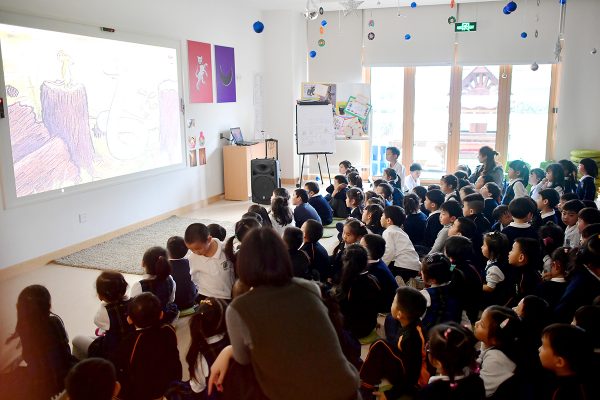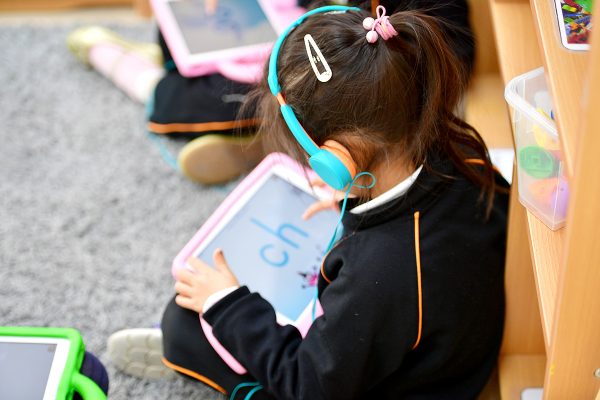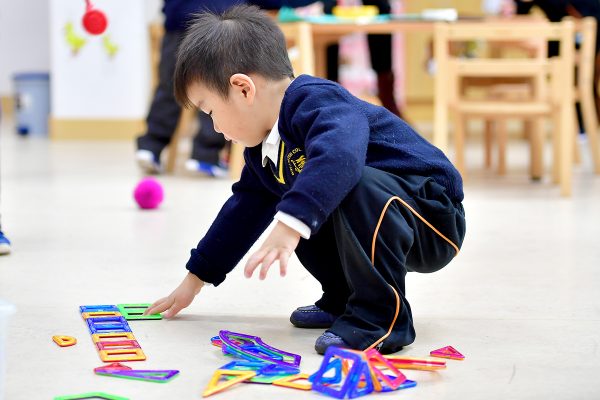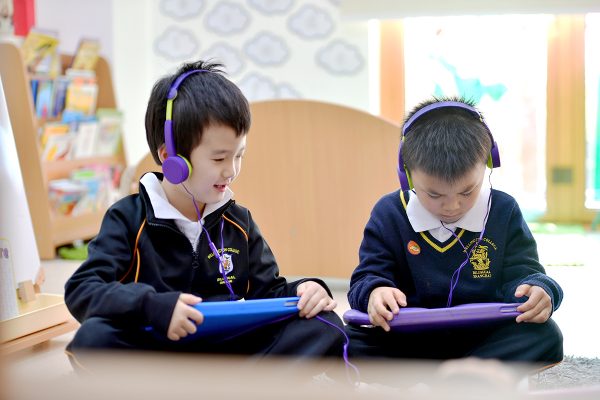The holistic development of pupils is a key goal in the 21st century classroom. Autonomy is a process that directly manifests itself at several levels of the human experience throughout one’s life, ranging from the conscious and unconscious to what is real and experienced daily. In other words, learners must take control of their mental (e.g. higher cognitive processes), emotional (e.g. preparedness to overcome setbacks and fatigue), and physical aspects (e.g. posture when studying) to gain a foothold over their learning. Ultimately, it is the goal of the pupils themselves to willingly develop these positive practices.
I believe technology in the classroom gives pupils an impetus to develop greater autonomy and take control over their learning. Technology use in Early Years gives pupils access to target language, phonics and even speech recognition functions where learners can practise their pronunciation, decoding and blending skills. Technology has reached a point where pupils can communicate directly with each other in real time. These types of functionalities are the bases for promoting 21st century, autonomous learning at the setting and at home.
The advantage being an autonomous child

Autonomous pupils tend to actively reflect on processes, which enables them to solve problems. This naturally leads such pupils to contemplate and incorporate methods and skillsets that enhance and expedite their progress. These pupils are also aware of their abilities and are eager and active when they learn. They do not need to be forced or coerced into learning. They pursue learning for its own sake.
Autonomy manifests itself when the learner takes steps to approach the target (which refers to whatever is being taught) through a variety of means such as being able to incorporate knowledge and advice from a variety of sources in a meaningful way. In order to achieve the latter, pupils must believe that they have the abilities or skills to solve whatever problems they are faced with. Confidence building is the first step towards helping children become autonomous. Using technology can help to support learners in becoming more autonomous through encouraging them to take risks and explore.
How technology can be helpful

Teachers use a variety of technological tools to support learning. In EY3 and EY4, interactive whiteboards have been placed in classrooms that support student learning. Teachers in EY3 and EY4 use the whiteboards to play songs, review key vocabulary and grammar, teach phonics as well as read stories among a cornucopia of other types of engaging activities that enhance the learning experience. All children at the setting are able to use the interactive whiteboard in the multimedia room. Our whiteboards are touch sensitive, so this allows teachers to organise activities where children can autonomously:
- take part in drag and drop activities (e.g. put the shapes into the correct boxes)
- choose the correct answer (e.g. touch the purple circle. Choose the correct shape and colour)
- manipulate objects on the screen (e.g. turn the star around or make the ball jump.)
- show and read e-books

Teachers can also use the projector to let pupils view panoramic scenes from nature in the sensory space where pupils are able to interact with and explore the projections on the wall. These images can build upon sensory play through being integrated with the resources in the space. For example, pupils can view a panoramic scene of a jungle habitat while also exploring a nearby cave with toy animals inside.
Teachers have access to iPads in the classroom and pupils can have the opportunity to learn how to take photos. Several children are learning how to manage and negotiate space when they take photos to achieve the right balance in their shots.
On the playground as well as in the multimedia room, you might have also noticed that the pupils have access to recording devices where they can record themselves speaking and listen to what they have recorded. These recording devices are placed around the setting for children to use freely and help promote the developing of speaking and listening skills.
Using technology at home

Here are some ways that you can use simple technology at home to encourage your child to be independent:
- Recording, recording, recording: let your child record him or herself talking using voice recorders for preschoolers. Children really enjoy doing this. Parents can use this opportunity to let children retell their favourite stories or make up their own stories.
- Taking pictures: give your child a camera that is appropriate for children and let him or her take pictures around the neighborhood. Give your child the opportunity to discuss what photos he or she has taken.
- Turning on and off: let your child play with torches and experience turning them on and off as well as adjusting the intensity of the light.
- Communicating at a distance: use walkie talkies and have a conversation at a distance with your child. Let your child describe what he or she sees or is doing.
- Using remote controls: let your child try to operate a remote control car. Encourage your child to try to press all of the buttons to learn the remote’s functionalities.






